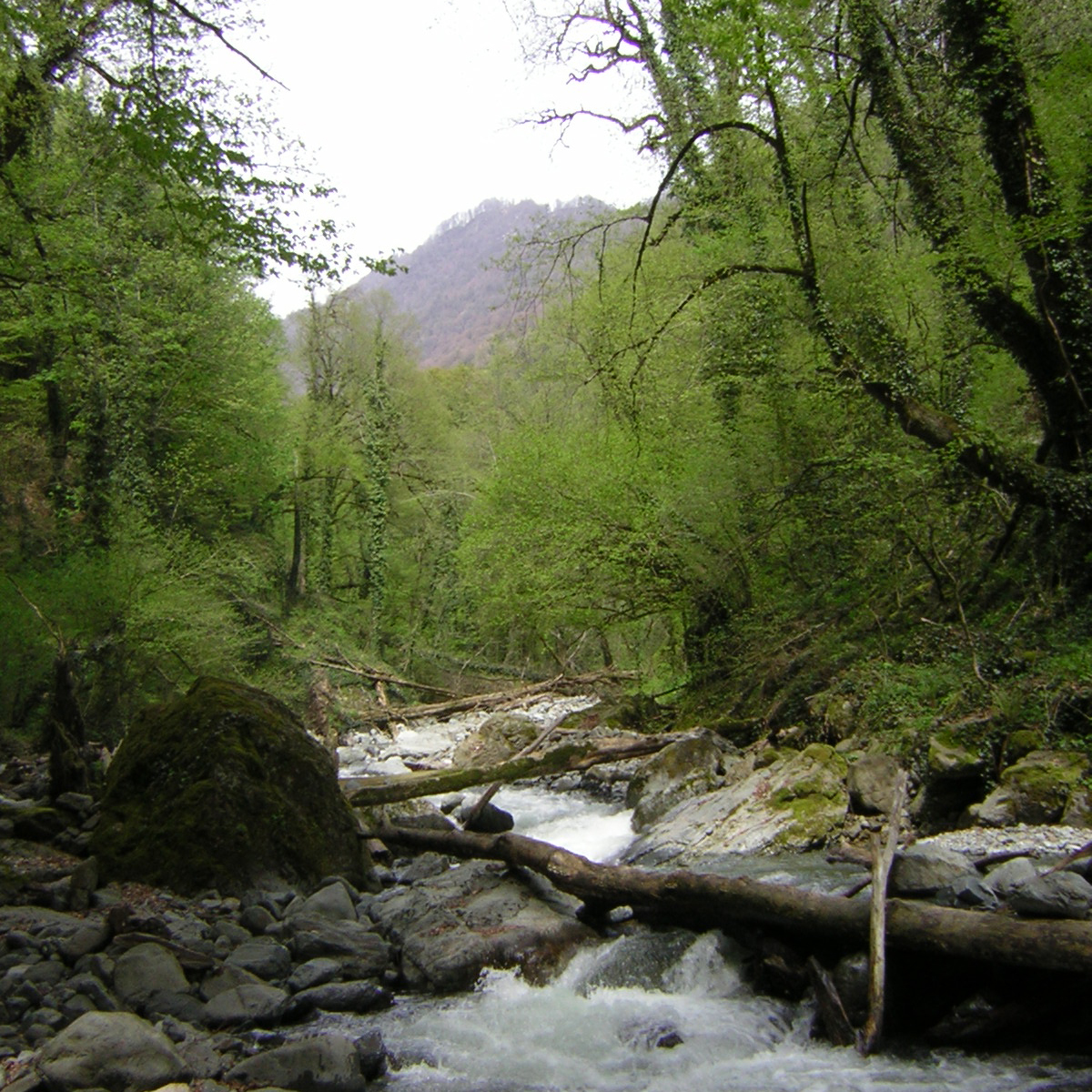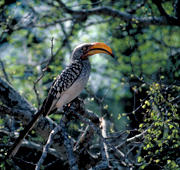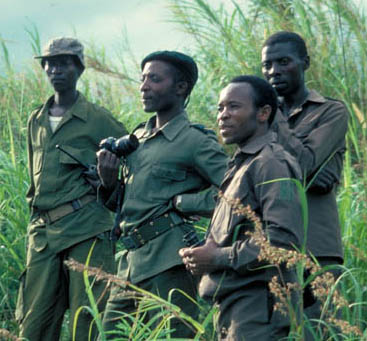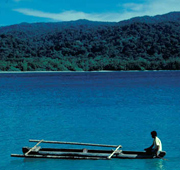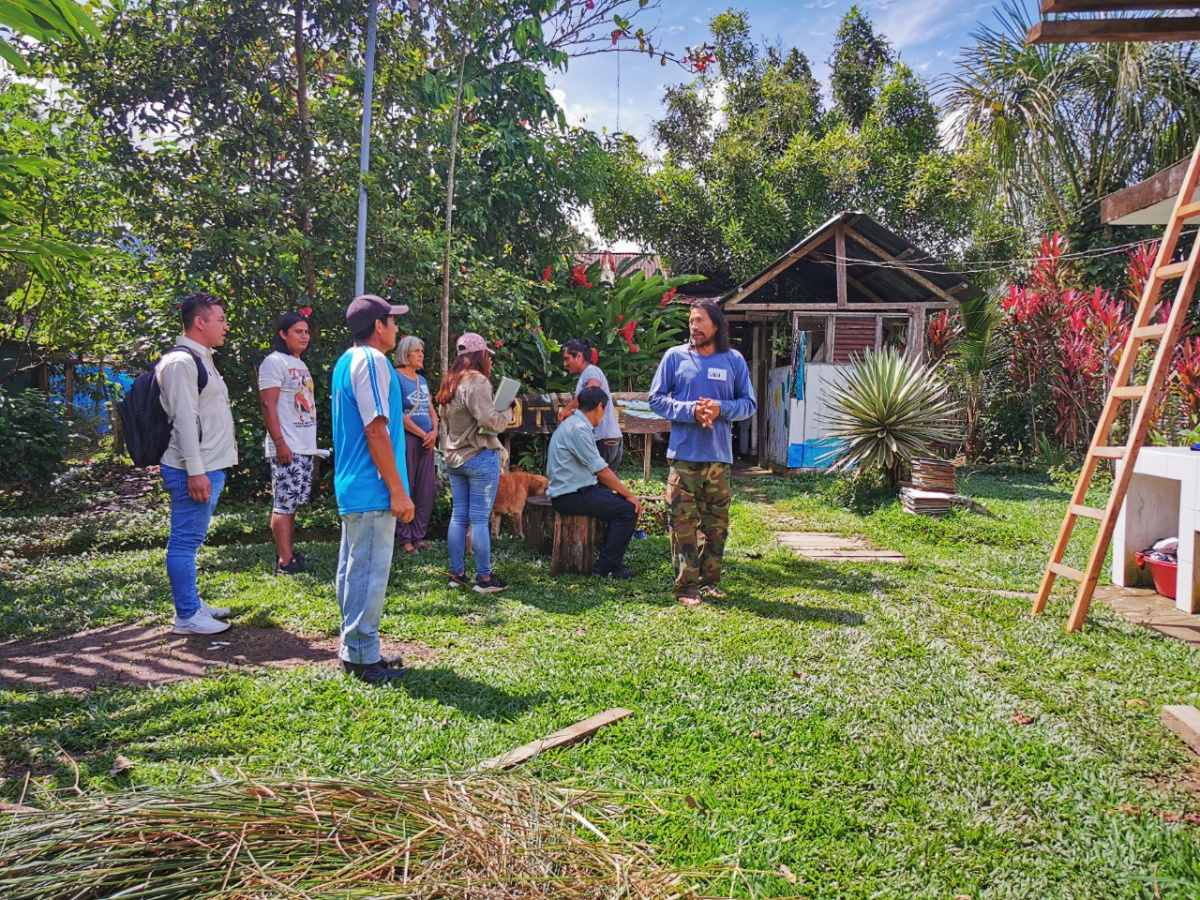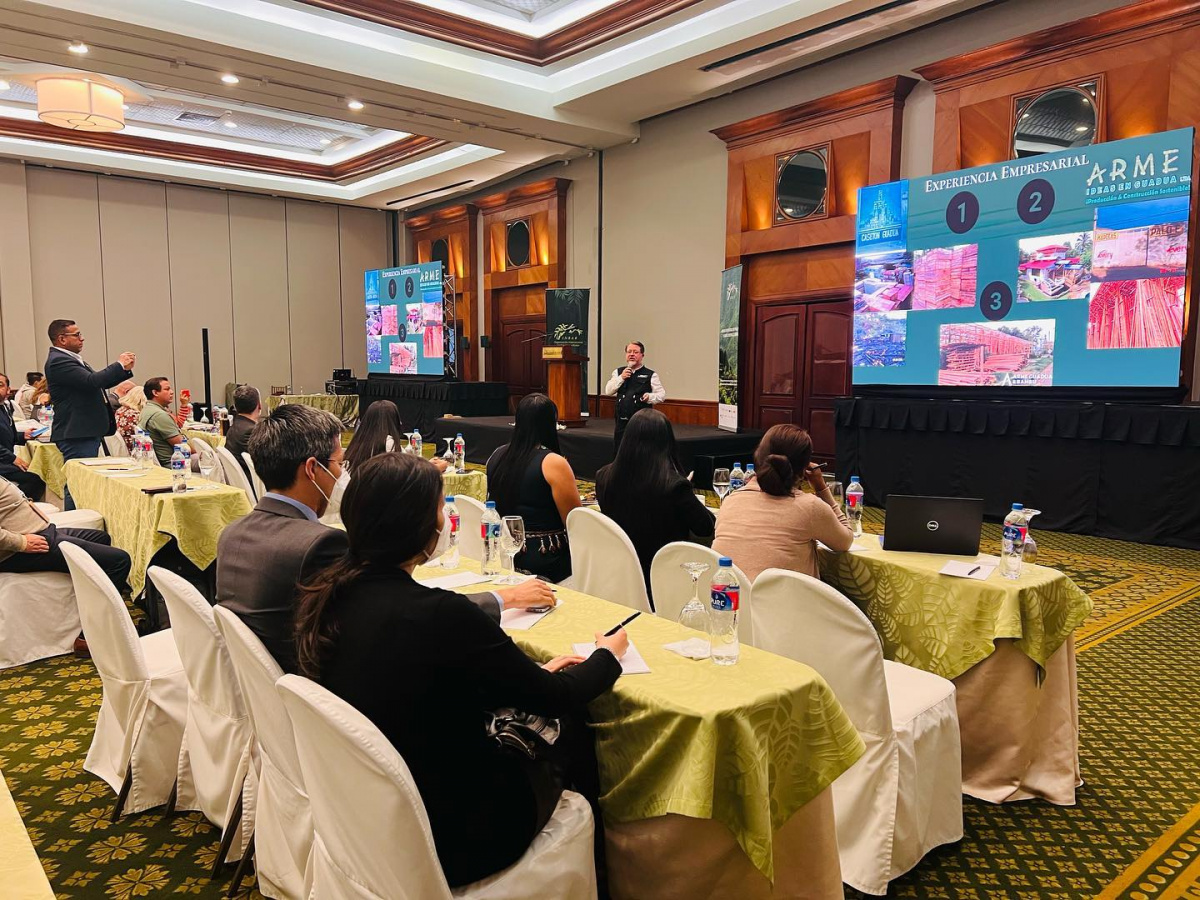Setting gold standards for conservation
An important role of the IUCN Congress is to showcase the knowledge and tools we can use to better manage our natural world. As well as being a world leader on species and their conservation needs, IUCN offers the expertise needed to establish and sustainably manage our protected areas—national parks, nature reserves and so on.
Covering a range of subjects from the economic values of protected areas to training for people working in protected areas, the Best Practice Guidelines on Protected Areas are one of IUCN’s prime ‘knowledge products’. They are produced by members of the World Commission on Protected Areas (WCPA) who volunteer their expertise to condense lessons learned using case studies from all over the world.
The Guidelines are indispensable for government agencies, protected area planners and managers. Seventeen guidelines have been produced so far, many of them in several languages. The series gained greater prominence at the Convention on Biological Diversity (CBD) conference in 2010, when IUCN was mandated to advise CBD parties on how best to implement the Programme of Work on Protected Areas.
A closely related publication is Guidelines for Applying Protected Area Management Categories, recognized by international bodies such as the United Nations as the global gold standard for defining and monitoring protected areas, creating a common understanding both within and between countries.
The six Categories reflect the range of conservation objectives and governance types, from strict Nature Reserve at one end of the scale, for sites that are so important and vulnerable that no human activity is allowed, to protected areas that align biodiversity conservation and sustainable human use. The Categories represent an international framework for better guiding planning and management and a number of national governments have used them in national legislation to establish protected areas.
Through WCPA experts, IUCN has helped countries with Category assignment, among others in Turkey in 2005, in Lao PDR in 2008, and most recently in the Republic of Korea. The Korea National Park Service, an IUCN member, asked IUCN to help in re-categorizing the country’s protected areas. This process showed a shift from a focus on protection of scenic values to an ecosystem protection approach. This included stopping grazing to allow natural rejuvenation in Hallasan National Park on Jeju island, the venue for the 2012 IUCN Congress.
One aspect that the Categories do not address is the effectiveness of management in protected areas, that is, the extent to which they achieve their conservation goals. One of the Best Practice Guidelines provides an evaluation ‘toolkit’ for assessing whether an area is being effectively managed. Building on the experience gained from such assessments, WCPA members are developing a process for a ‘Green List of Well Managed Protected Areas’ which will showcase best practice.
Protected area agencies in Colombia and Australia are now testing the Green List process. A number of other countries such as China, Brazil and Germany have also shown interest in using the Green List.
Through developing and continually refining these international standards, IUCN strives to ensure that protected areas around the world effectively conserve the natural values and human benefits that they are meant to secure.
